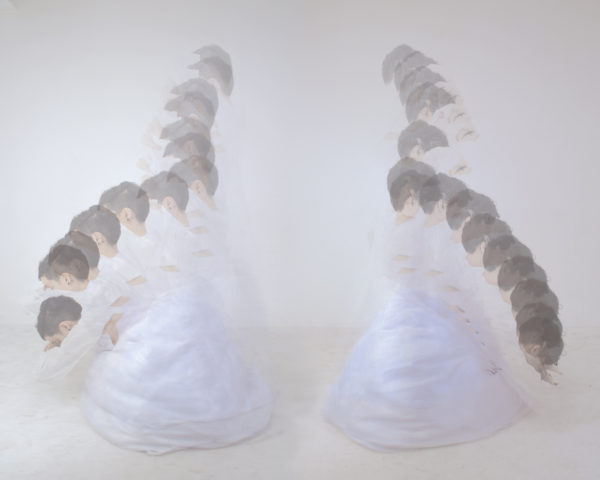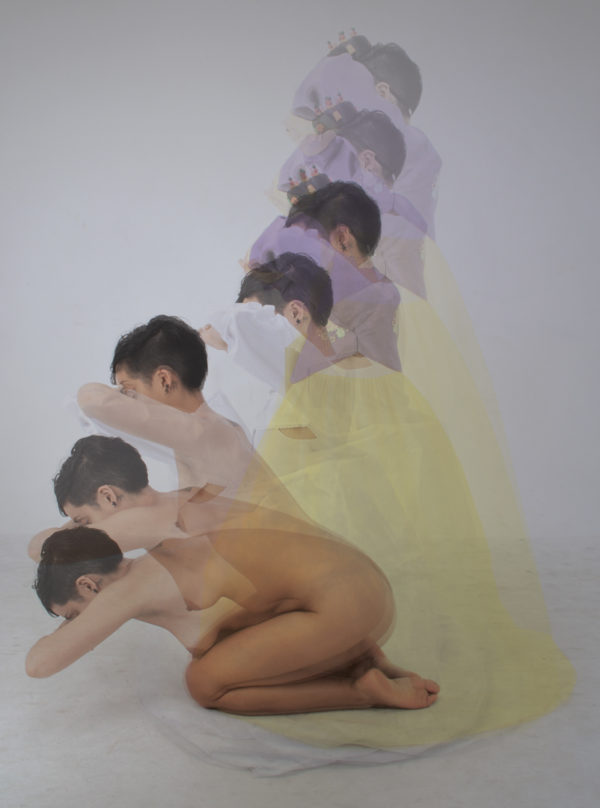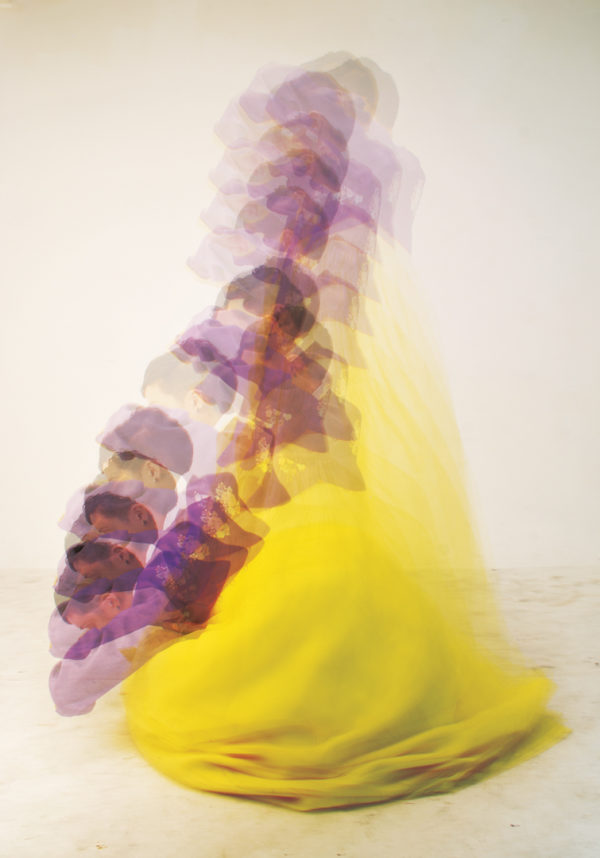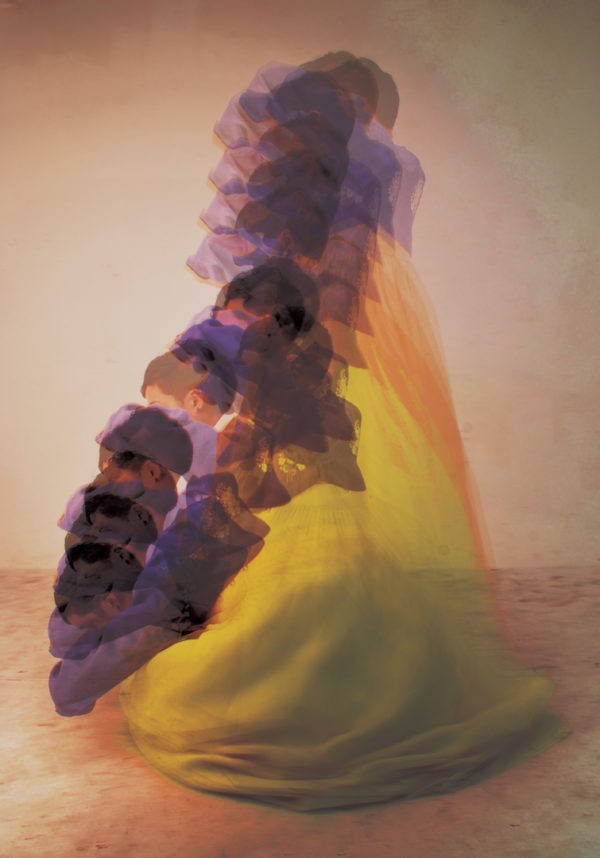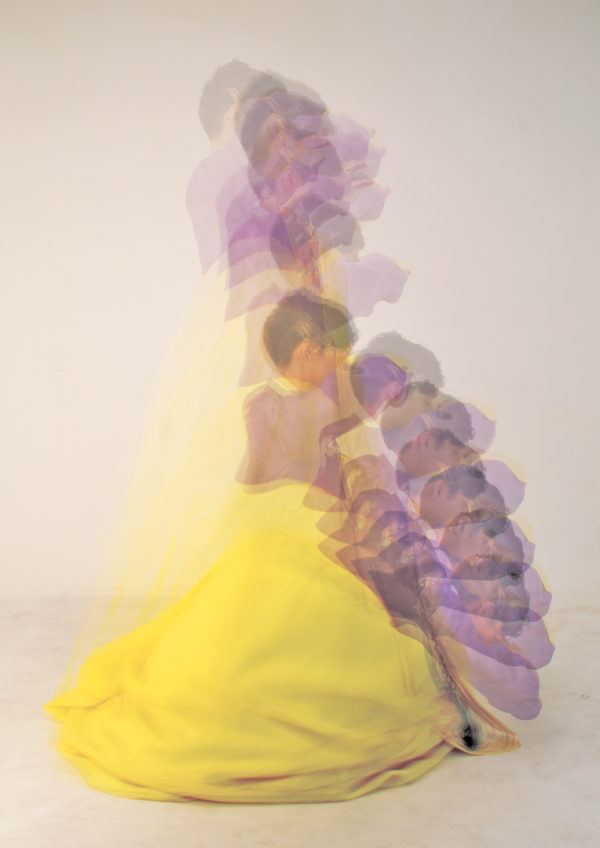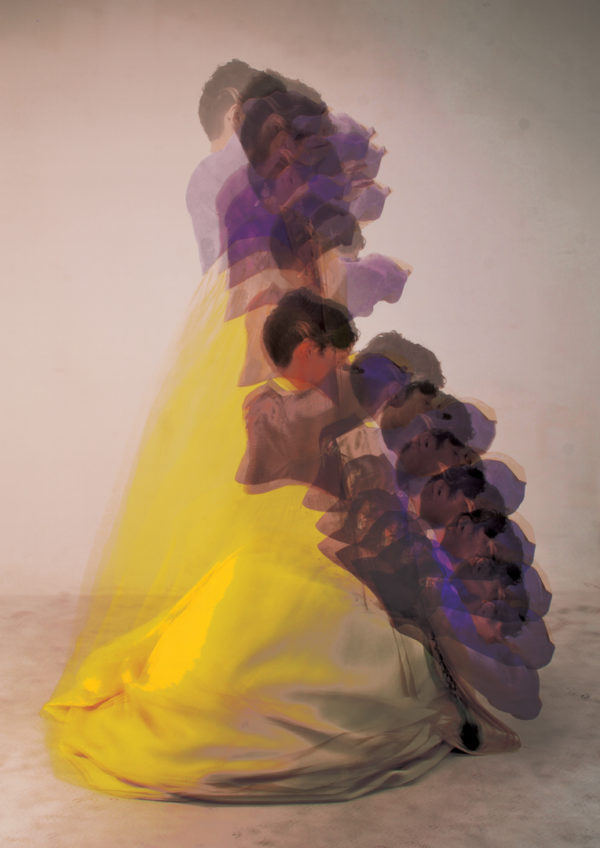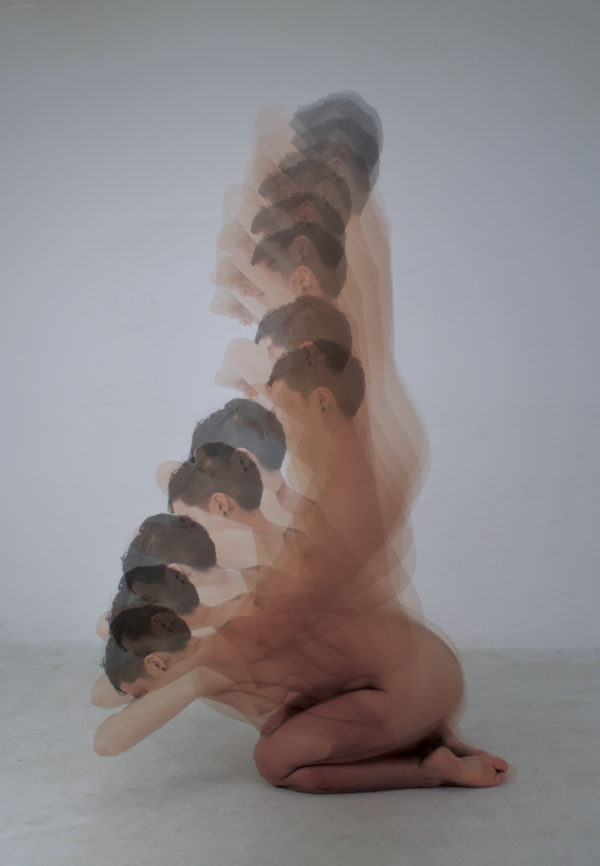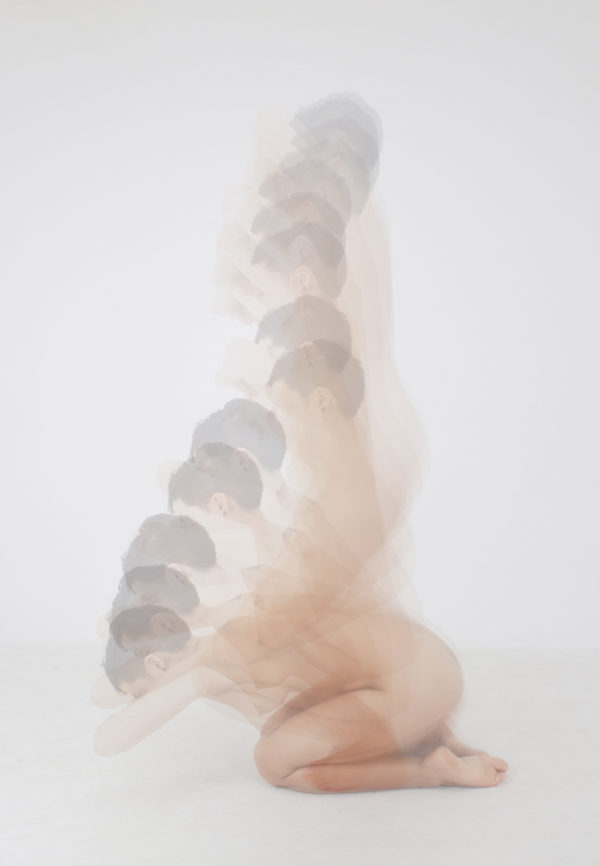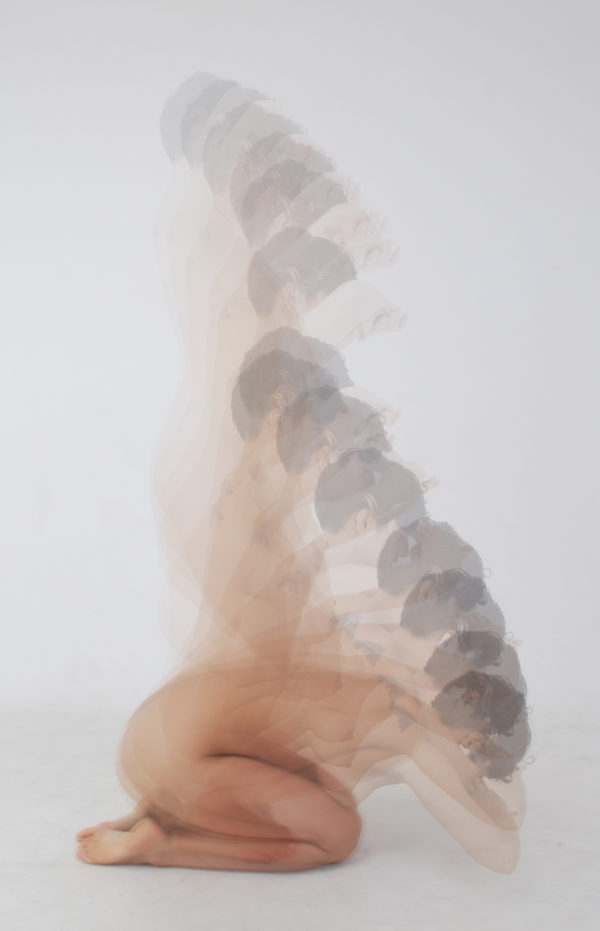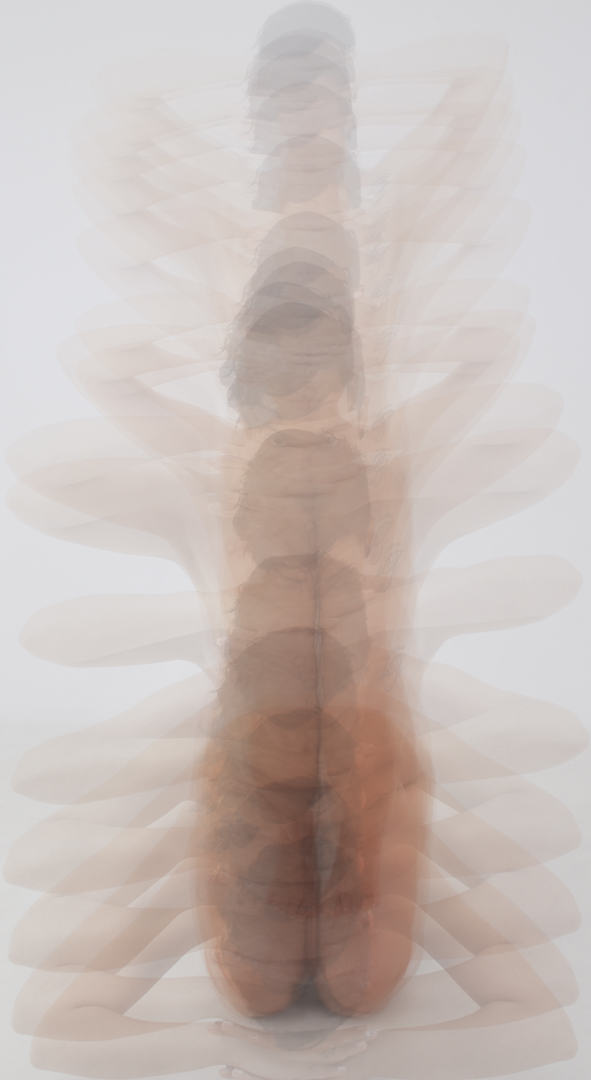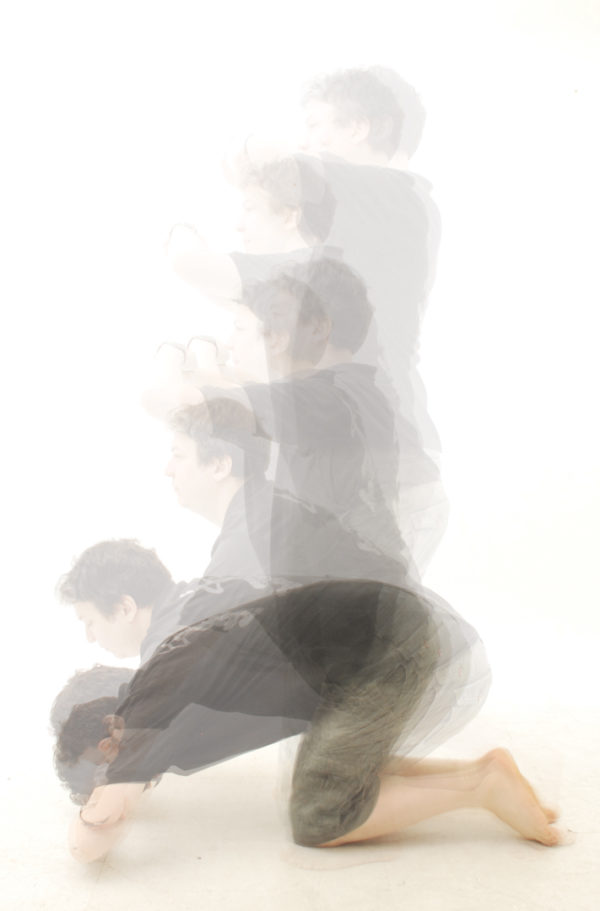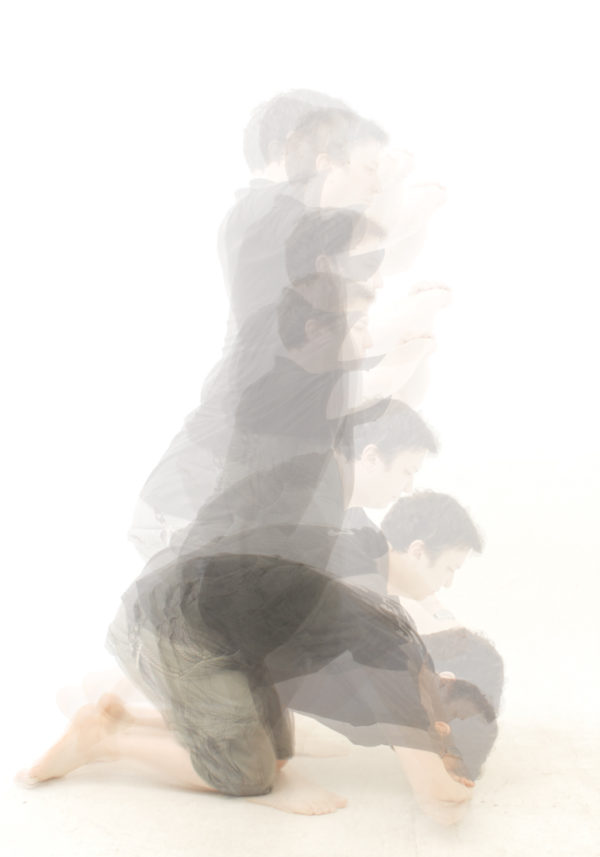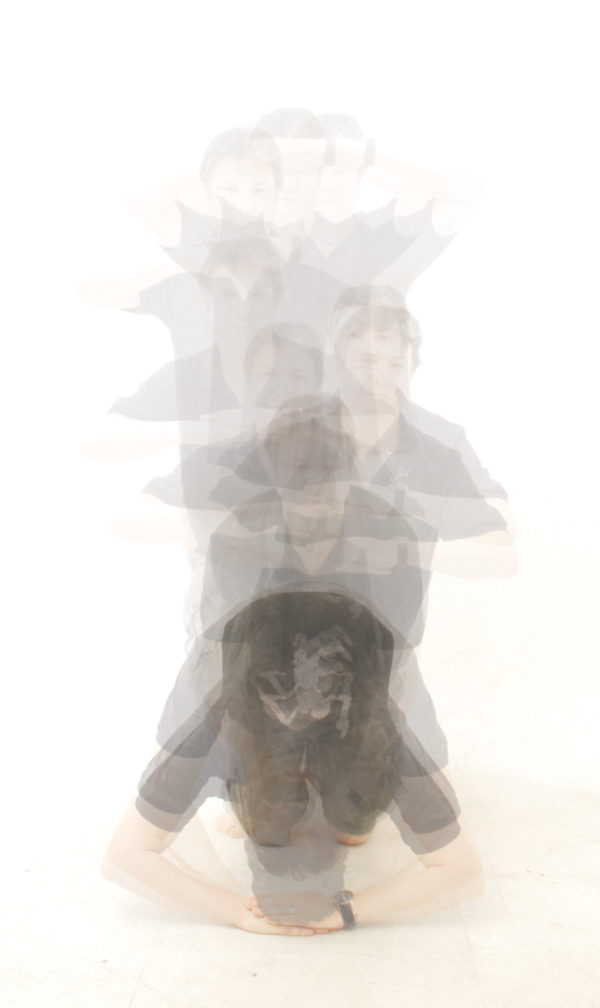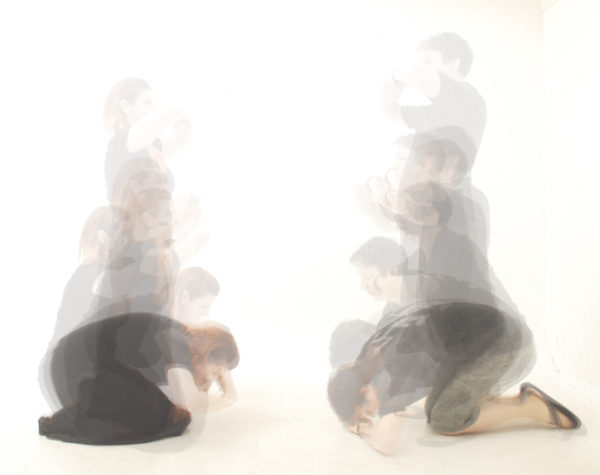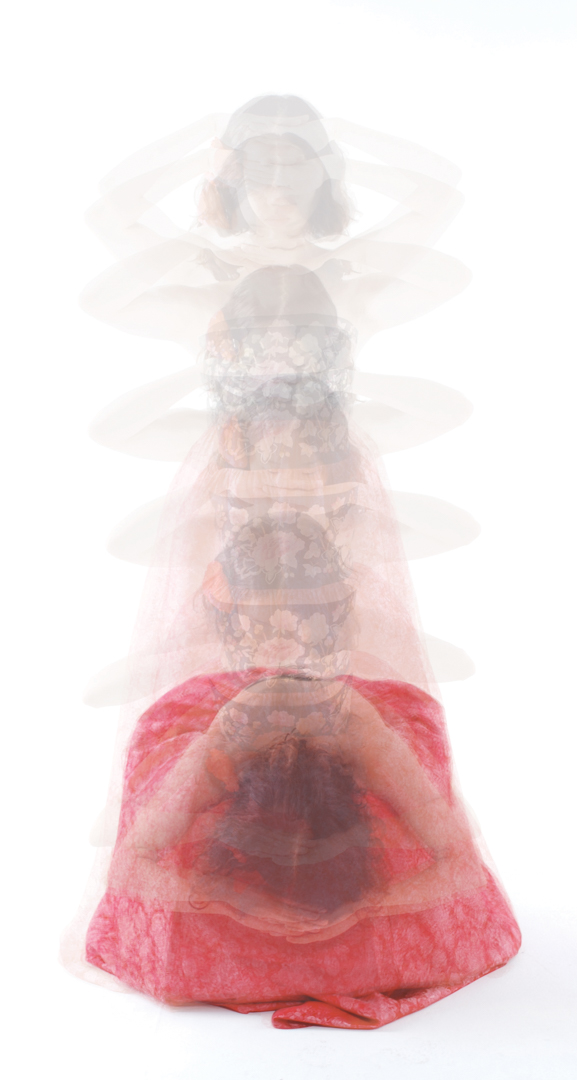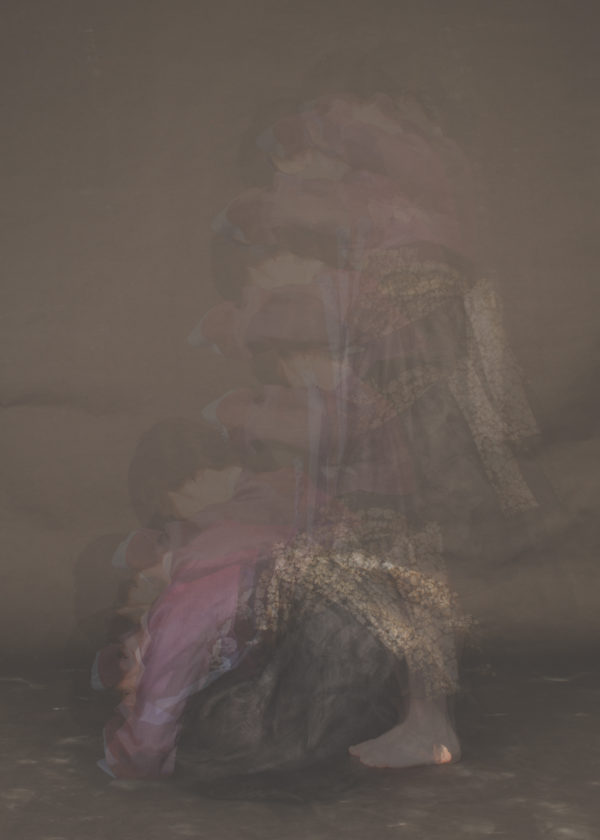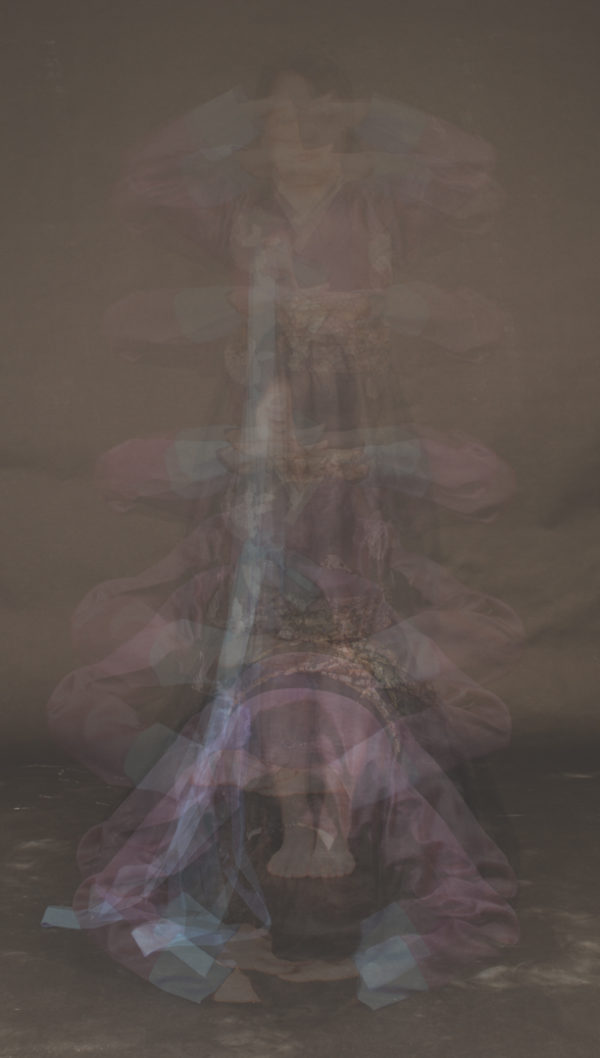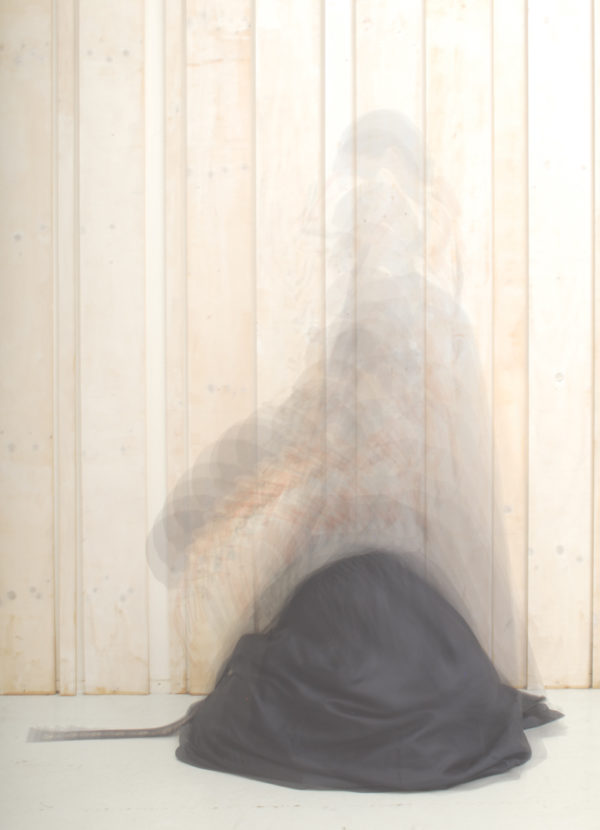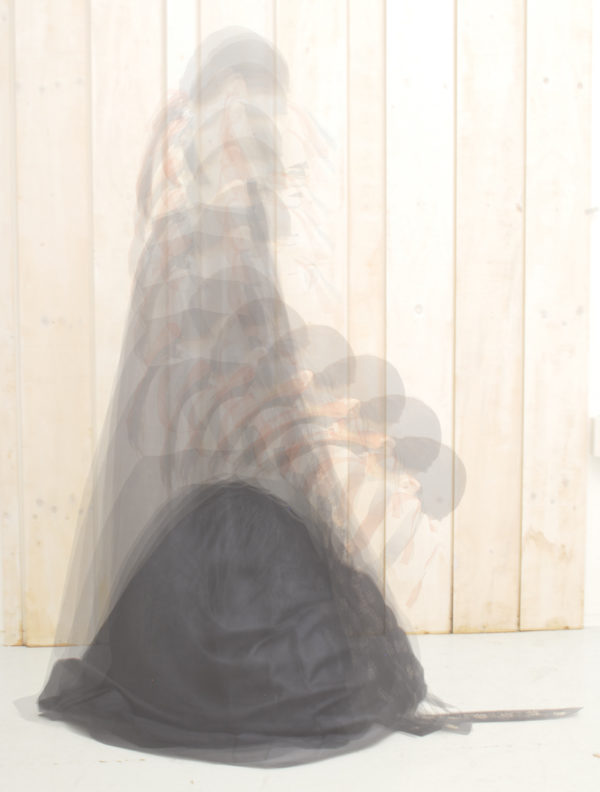Korean Bow Collection
As foreigners, the expectations that native Koreans hold regarding our cultural knowledge and linguistic abilities are minimal at best.
한국인이 외국인에게 기대하는 자문화에 대한 이해, 언어 능력은 그다지 높지 않다.
Uttering the words for ‘hello’ or ‘thank you’ are often greeted with awkward laughter, which becomes as repetitive as being asked if you can eat spicy food.
‘안녕하세요?’, ‘감사합니다’와 같은 말을 할 때면 종종 ‘ 매운 음식도 먹을 수 있느냐’의 류와 같은 기특함 섞인 환대의 대답을 건내온다.
A slight nod of the head here or a hand gesture there, receiving something with two hands, or holding back your sleeve to pour an elder a drink, the cultural differences become more noticeable with time spent observing. The subtleties are highlighted, or become apparent through witnessing others.
가벼운 목례나 손짓, 두 손으로 받는 것, 그리고 어른 앞에서 술잔을 돌려 마시는 것 등의 미묘한 문화적 의미는 시간이 흐르며 터득되어 갔다. 그리고 사람들과의 부딪힘에서 더욱 더 명료해질 수 있었다.
Small differences like whether the left or right hand is atop the other for a bow, or how far away the supporting hand is from the pouring hand, meant a lot to past generations of Koreans.
절 할 때 보이는 손 모양과 위치, 왼손과 오른손의 구별이 보여주는 각 각의 차별적 의미는 오랜 세대를 거쳐 온 한국의 예법을 의미한다.
But now younger generations of Koreans are prone to the same cultural obliviousness as many foreigners. In a culture that is hurtling away from its traditional past, Korea attempts to grasp hold of the few cultural practices it still adheres to.
그러나 외국인의 눈으로 본 오늘날의 젊은 한국인 세대는 이와 같은 문화적 전통을 잃어가는 듯하다. 이러한 과거와의 문화적 단절에도 불구하고, 한국인은 실천을 통해 몇 몇 전통 문화를 여전히 유지하고 있다.
Actions are gradually learned: they’re sometimes taught, sometimes figured out subconsciously, or sometimes acquired through repeated practice. This series draws attention to these intricacies by replicating the Korean bow, displaying a sequence of superimposed images, mapping each model’s actions, from standing to fully bowing.
몸짓은 단계적으로 익히게 된다. 가르침을 받거나 무의석적으로 알아채기도 한다. 그리고 반복적 연습을 통해 배우기도 한다. 본 기획의 연작물은 한국의 절을 반복적 과정 안에서 완성시키고자(배우고자) 의도했다. 이에 따라, 절의 전체 과정에서 보여지는 부분적 이미지를 중첩시켰고, 이러한 반복의 연속성을 바탕으로 행위 전체를 조망했다.
Showing 1–24 of 112 results
Abby #10
£550Abby #11
£250Abby #1A
£250Abby #1B
£250Abby #2A
£250Abby #2B
£250Abby #3
£250Abby #4A
£250Abby #4B
£250Abby #5
£250Abby #6
£250Dave #1
£250Dave #2
£250Dave #3
£250Dave and Jo
£300Delfin #1
£250Delfin #2
£250Delfin #3
£250Eujin #1
£250Eujin #2
£250Eujin #3
£250Eunji #1
£250Eunji #2A
£450Eunji #2B
£250
